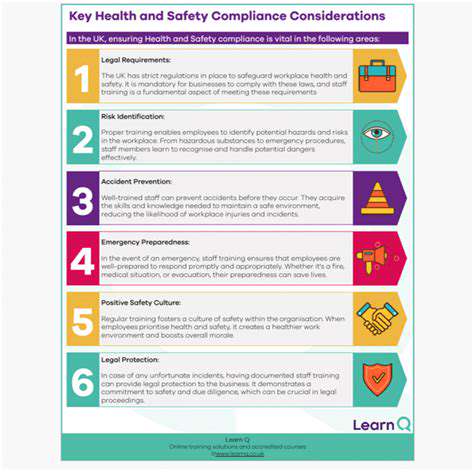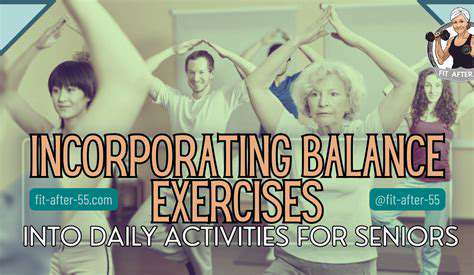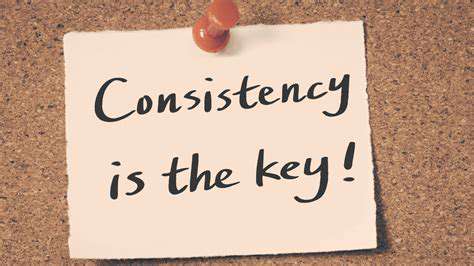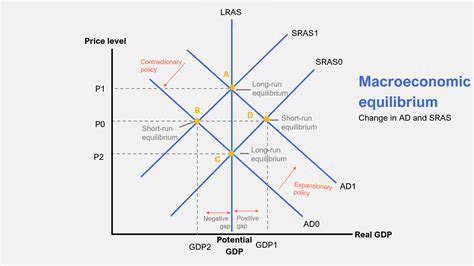The Best Strength Training Moves for Osteoporosis Prevention
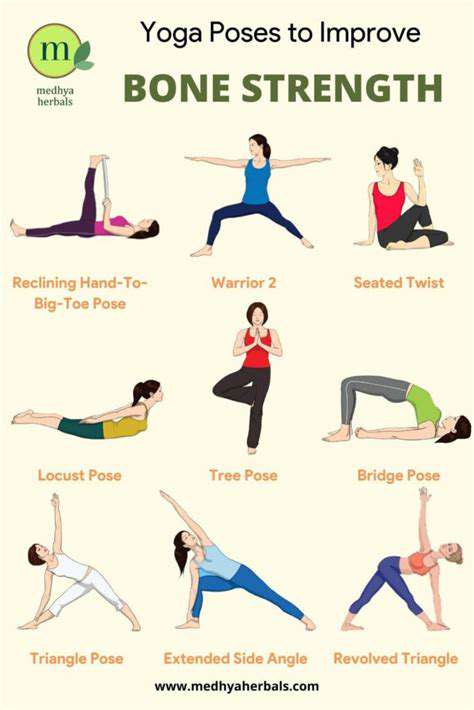
Why Compound Movements Matter
Unlike isolation exercises that focus on single muscles, compound movements engage multiple muscle groups in coordinated action. This full-body engagement creates a powerful osteogenic stimulus - the exact type of stress that triggers bone remodeling and density improvements. Research shows these multi-joint exercises produce greater hormonal responses that support bone health compared to isolated movements.
The Bone-Building Benefits
When we examine the science behind bone adaptation, compound exercises emerge as clear winners. The ground reaction forces from weighted squats and the axial loading from overhead presses create mechanical stresses that stimulate osteoblast activity - the cells responsible for bone formation. Additionally, the coordination demands of these movements enhance proprioception, reducing fall risk as we age.
Essential Bone-Strengthening Moves
For optimal bone density, focus on these fundamental patterns:- Weighted squats (goblet or back variations)- Deadlift variations (Romanian or trap bar)- Overhead presses (strict or push press)- Horizontal pushing (bench or floor press)- Vertical/horizontal pulling (chin-ups or bent-over rows)
Mastering Movement Quality
Proper execution transforms these exercises from risky to therapeutic. Focus on maintaining neutral spinal alignment throughout each movement, bracing your core as if preparing for a punch, and moving through full pain-free ranges of motion. Consider filming your lifts or working with a physical therapist to refine your technique before adding significant load.
Strategic Progression Methods
Bone adaptation requires gradual challenge increases. Try these progression strategies:1. First master bodyweight movements2. Add light external load (5-10% increases)3. Increase time under tension (slower eccentrics)4. Advance to more challenging variationsPatience in progression prevents injury while maximizing bone-building stimulus.
Beginner-Friendly Modifications
New to strength training? Start with these accessible options:- Chair-assisted squats- Elevated push-ups- Band-resisted rows- Light kettlebell deadliftsThe key is establishing proper movement patterns before adding external load. Consider working with a certified trainer who understands bone health fundamentals.
Safety First Approach
Prioritize these safety measures:- Dynamic warm-ups (leg swings, arm circles)- Cool-downs with mobility work- Proper footwear with stable bases- Spotter for heavy lifts- Regular form check-insRemember: pain during exercise signals to stop immediately and reassess.
Just as proper socialization shapes canine development, proper exercise form shapes bone health outcomes. Consistency with correct technique yields better long-term results than aggressive loading with poor form.
Optimizing Bone Density Through Progressive Training
The Science of Progressive Overload
Bones adapt specifically to the demands placed upon them. This Wolff's Law principle explains why gradual increases in mechanical stress through progressive overload effectively increases bone mineral density. Track your workouts to ensure consistent, measurable progress in either load, volume, or intensity.
Form Fundamentals for Bone Health
For those with osteopenia or osteoporosis, form takes on greater importance:- Maintain neutral spine during all lifts- Avoid excessive spinal flexion/extension- Control the eccentric (lowering) phase- Breathe properly (exhale on exertion)Consider working with a physical therapist specializing in bone health for personalized guidance.
Osteoporosis-Specific Modifications
For compromised bone health:- Replace barbell back squats with sit-to-stands- Substitute deadlifts with hip hinge patterns- Use machines for controlled resistance- Focus on balance exercisesAlways consult your physician before beginning any new exercise regimen.
Intelligent Loading Strategies
Follow these loading principles:1. Start with 2-3 sets of 8-12 reps2. Use weights allowing perfect form3. Increase by 2-5% when reps feel easy4. Deload every 4-6 weeksQuality repetitions trump heavy weights for bone health.
Recovery Considerations
Bone remodeling occurs during rest:- Allow 48 hours between sessions- Prioritize sleep (7-9 hours nightly)- Maintain proper nutrition (calcium/vitamin D)- Consider collagen supplementationRecovery is when actual bone strengthening occurs.
Comprehensive Safety Protocol
Implement these precautions:- Medical clearance first- Avoid high-impact activities- Use safety bars in squat racks- Train with a partner when possible- Stop at any sign of joint painRegular bone density scans can help track progress safely.


